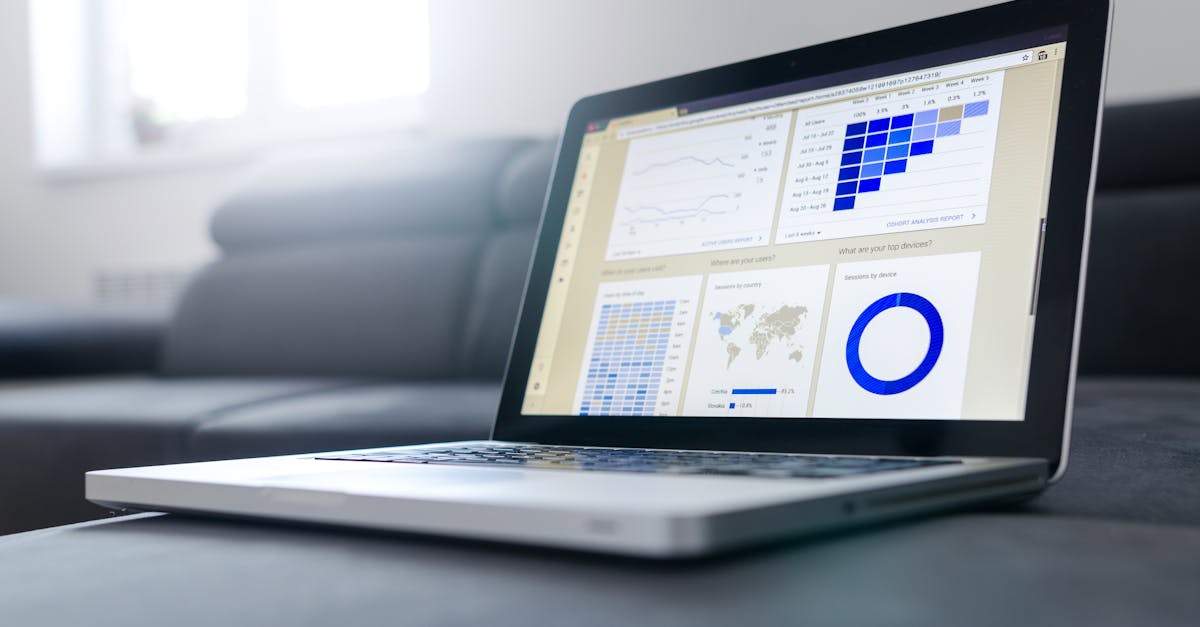Remote work offers flexibility, but without structure, it can lead to distractions and inefficiency. Time-blocking is a powerful technique to organize your day, ensuring you stay focused and productive. Here’s how to use it effectively.
What Is Time-Blocking?
Time-blocking is a time management method where you divide your day into blocks of time, each dedicated to a specific task or activity. This approach helps you:
- Prioritize tasks by assigning them to specific time slots.
- Minimize distractions by focusing on one thing at a time.
- Track progress by seeing how much time you spend on each task.
Benefits of Time-Blocking for Remote Work
Remote workers often struggle with blurred boundaries between work and personal life. Time-blocking can help by:
- Creating a routine that mimics an office environment.
- Reducing procrastination by setting clear deadlines.
- Improving work-life balance by scheduling breaks and personal time.
How to Implement Time-Blocking
Follow these steps to start time-blocking:
- List Your Tasks: Write down everything you need to accomplish.
- Estimate Time: Assign a realistic time block to each task.
- Schedule Blocks: Use a calendar or planner to map out your day.
- Stick to the Plan: Avoid multitasking and respect your time blocks.
Example Time-Blocking Schedule
Tools for Time-Blocking
Several tools can help you implement time-blocking:
- Google Calendar: Color-code blocks for different tasks.
- Toggl Track: Monitor how much time you spend on each block.
- Notion: Create a customizable time-blocking template.
Common Mistakes to Avoid
Avoid these pitfalls to make time-blocking work for you:
- Overloading blocks: Leave buffer time between tasks.
- Ignoring breaks: Schedule short breaks to recharge.
- Being too rigid: Adjust blocks as needed for flexibility.
Conclusion
Time-blocking is a game-changer for remote workers. By structuring your day, you can boost productivity, reduce stress, and achieve a better work-life balance. Start small, experiment, and refine your schedule to find what works best for you. 🎯

Latest Articles

Boost Remote Teamwork with Asana
Discover how to use Asana for seamless remote team collaboration. Tips, tricks, and best practices to enhance productivity.

Boost Remote Work with Notion Templates
Discover how Notion templates can streamline your remote work setup for better productivity and organization.

Boost Remote Work with Google Keep Notes
Learn how to use Google Keep for efficient remote work note-taking. Organize tasks, ideas, and reminders seamlessly.

Boost Remote Work Writing with Grammarly
Learn how Grammarly enhances remote work writing with real-time grammar checks, style suggestions, and productivity tips.

Boost Remote Work with the Pomodoro Technique
Learn how the Pomodoro Technique can enhance focus and productivity for remote workers. Simple steps to implement it today!

Boost Remote Work with Trello Power-Ups
Discover how Trello Power-Ups can streamline your remote work. Learn top tips to enhance productivity and collaboration.
